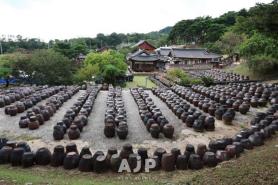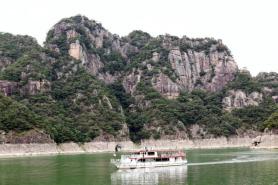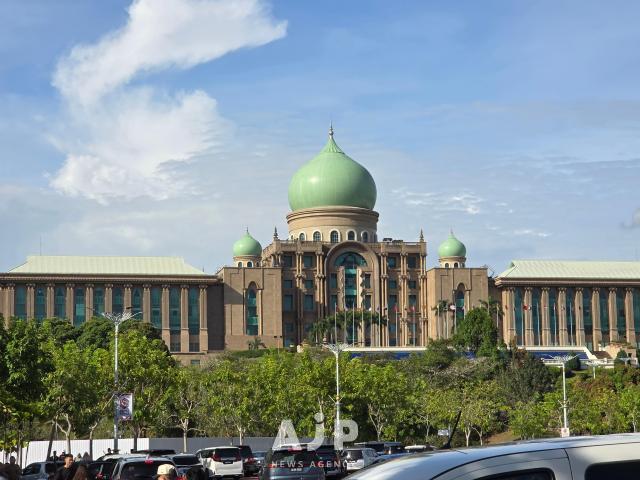
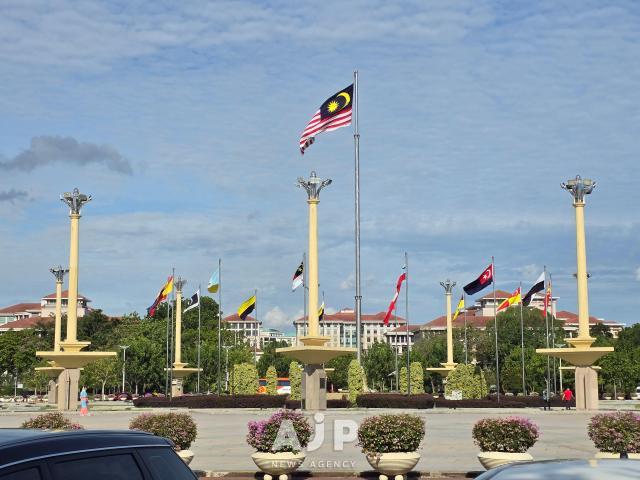
Named after Malaysia's first Prime Minister, Tunku Abdul Rahman Putra Al-Haj, Putrajaya derives from Sanskrit – "putra" meaning "son" and "jaya" meaning "victory." The Prime Minister's office moved here in 1999, and today all governmental organizations except the Defense and Public Amenities ministries operate from this meticulously planned district. From atop the hill, Perdana Putra, the Prime Minister's office complex, watches over ministerial buildings that stand just a sidewalk apart.
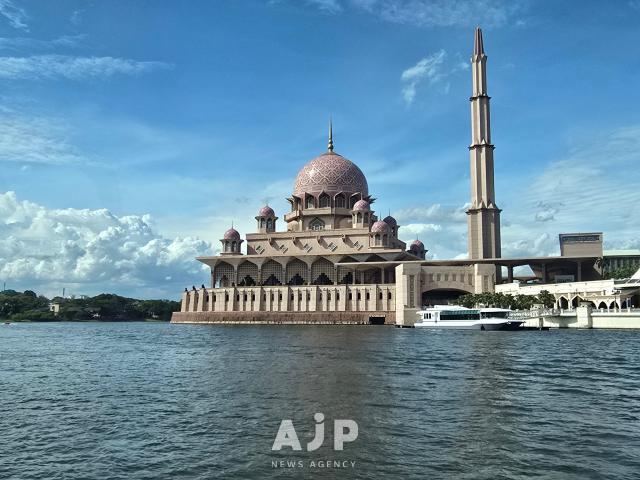
Below Perdana Putra lies Dataran Putra (Putra Square), a 300-meter circular plaza featuring concentric star patterns. The national flag flies from a towering flagpole, surrounded by flags of all 14 Malaysian states. The square's 11 segments form pointed stars symbolizing the original states at independence, while the central fountain represents unity.
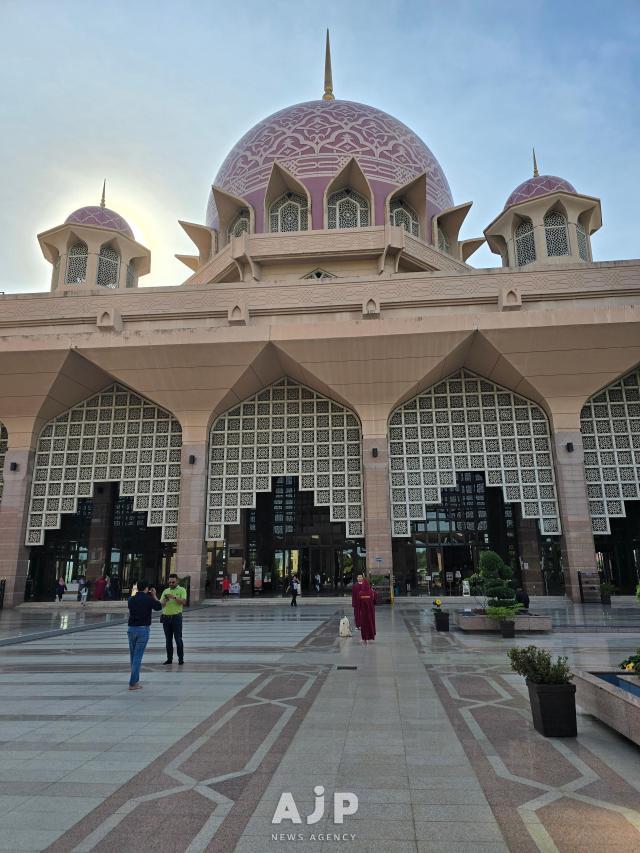
Distinguished by its magnificent rose-tinted granite dome, Putra Mosque glows pink in the Malaysian sun and accommodates 15,000 worshippers. Its design draws from famous Islamic architecture – the basement wall echoes Casablanca's King Hassan Mosque, while the minaret recalls Baghdad's Sheikh Omar Mosque. Non-Muslim visitors must follow a separate entrance route, with women required to wear provided red robes that completely cover their clothing.
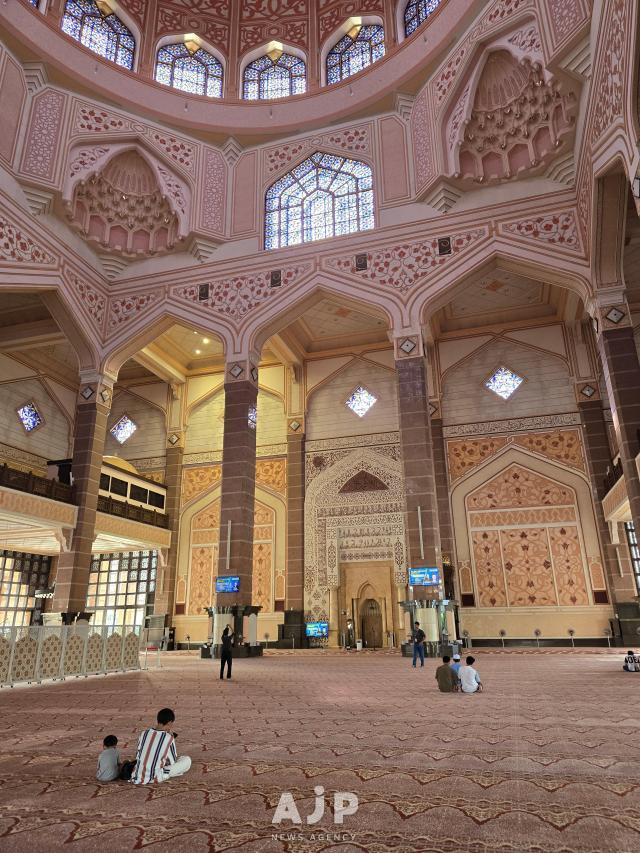
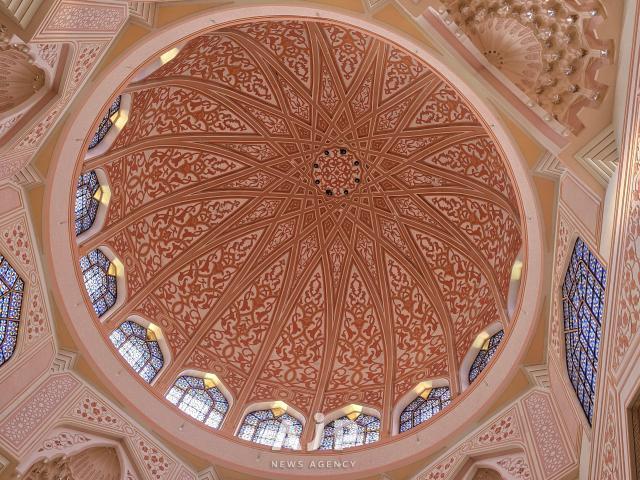
Across the governmental landscape stands the revolutionary Tuanku Mizan Zainal Abidin Mosque, known as the "Iron Mosque." Built with 6,000 tons of reinforced steel comprising 70 percent of its structure, it accommodates 24,000 worshippers in an area twice that of Putra Mosque. Breaking from tradition, it features no minaret but employs cutting-edge Gas District Cooling technology and natural ventilation through steel lattice screens, eliminating the need for fans or air conditioning.
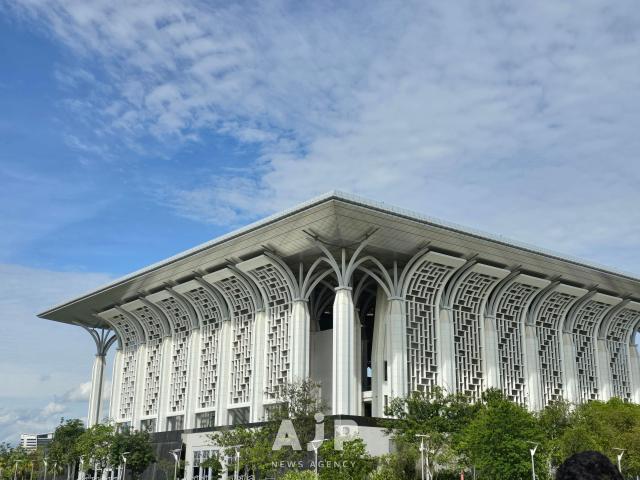
Copyright ⓒ Aju Press All rights reserved.


